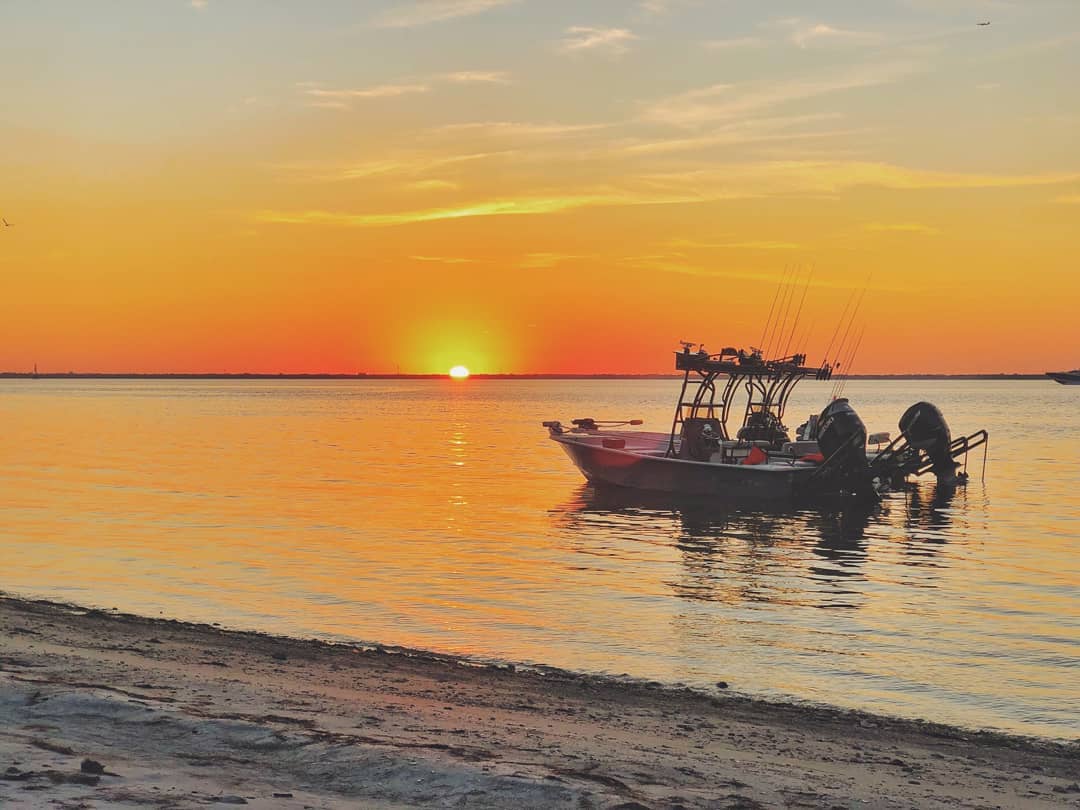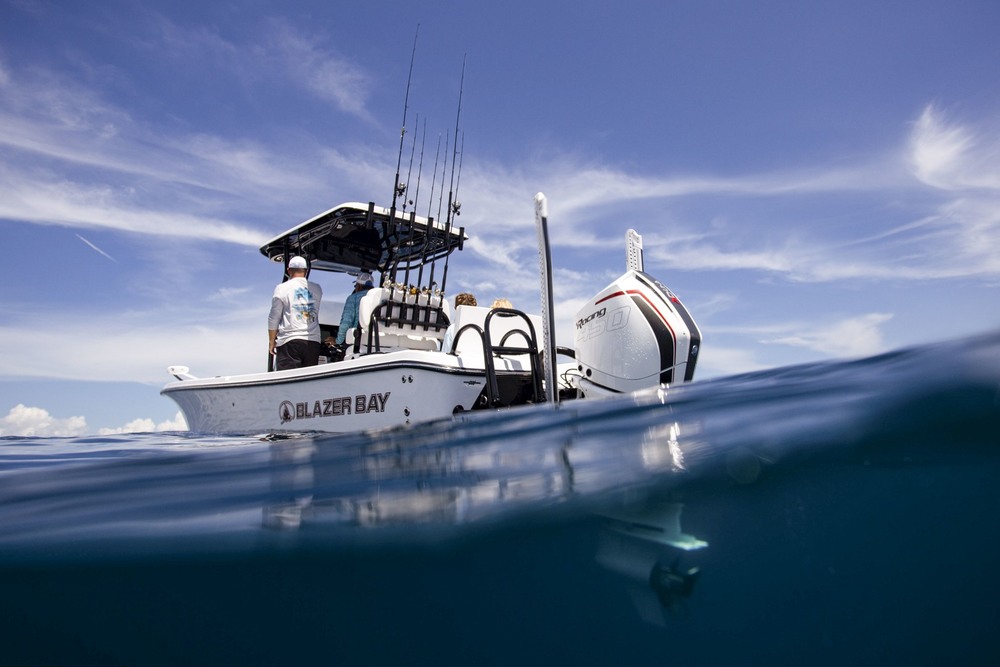Did you know that not every state requires owners to carry boat insurance?
That doesn’t mean you shouldn’t, though. Even if you aren’t legally required to cover your boat with an insurance policy, doing so can save you a lot of trouble and expense. This is especially true if someone should happen to injure themselves while on or near your boat.
That’s why you should strongly consider investing in boat insurance, whether your preference is for slow-going, breezy sailboats, fast center-console boats, or luxury yachts.
From Fast Center-Console Boats to Sailboats: How to Choose the Best Coverage
Here are a few things to keep in mind when comparing your options to make sure you get the best coverage:
Determine the Amount of Coverage You Need
First, consider how extensive your coverage needs to be.
For example, an all-risk policy with consequential damage coverage will protect you from the widest range of losses, from failed parts to vandalism to sinking. As you might guess, these are often the most expensive policies.
Some additional types of losses they cover include:
- Lightning damage
- Grounding
- Fire damage
- Theft
- Part failures
These policies also cover various incidents that can result from failed parts.
On the other hand, a bare minimum policy that only includes liability may be more suitable for older, more basic boats than new bay boats or fast center-console boats.
Choose a Risk Level You’re Comfortable With
Would you feel better paying less each month and coming out of pocket in the event of an accident, or would you rather pay a higher monthly premium and get more coverage if you have to file a claim? Put another way, how much money are you willing to lose if you’re uninsured (or underinsured)?
Everyone’s financial situation is unique, so only you can determine your risk threshold.
Decide Whether to Add Stated Value Coverage
Standard marine insurance policies give owners the option of adding coverage in the event of a total loss for the stated value of the boat. “Stated value” is also sometimes called “agreed value.”
Another option that may be available for total loss coverage is to get coverage for the current market value or actual cash value of your vessel. However, this amount will usually be lower than the stated value.
Do Your Due Diligence
When shopping around for boat insurance, ask questions and investigate your options to make the most informed decision possible. Above all else, request at least a few quotes on different policies before choosing a policy. That way, you can ensure that you have the best coverage for your prized vessel.

